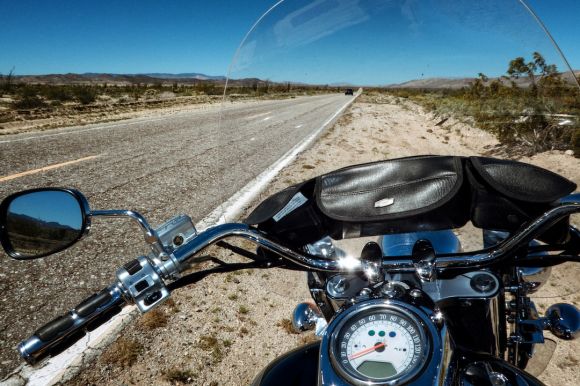Riding on highways and interstates can be exhilarating, with the wind in your face and the open road stretching out in front of you. However, it can also be dangerous if you’re not prepared and cautious. In order to ensure a safe and enjoyable ride, it’s important to follow these essential tips.
Maintain a Safe Distance
One of the most important rules of riding on highways and interstates is to maintain a safe distance from the vehicle in front of you. This allows you enough time to react to any sudden changes in traffic or road conditions. The general rule of thumb is to keep at least a two-second gap between you and the vehicle ahead. Increase this distance in adverse weather conditions or if you’re riding at high speeds.
Be Aware of Blind Spots
Blind spots are areas around a vehicle where the driver’s view is obstructed. As a motorcycle rider, it’s crucial to be aware of these blind spots, as they can put you at risk. Avoid riding in a vehicle’s blind spot for an extended period of time, and always make sure you can see the driver’s face in their side mirror. If you can’t see them, chances are they can’t see you either.
Use Your Mirrors
Your mirrors are your best friends on the highway. Regularly check your mirrors to be aware of the traffic behind you. This will give you a better understanding of what’s happening around you and help you make informed decisions while riding. Additionally, using your mirrors effectively can help you change lanes safely and avoid potential accidents.
Signal and Check Your Blind Spots When Changing Lanes
When changing lanes on the highway, it’s important to signal your intentions and check your blind spots. Use your turn signal to indicate your intention to change lanes, and make sure to check your blind spots by turning your head to look over your shoulder. This will ensure that there are no vehicles in your blind spot and allow you to change lanes safely.
Maintain a Consistent Speed
Maintaining a consistent speed while riding on highways and interstates is crucial for your safety. Avoid sudden acceleration or deceleration, as it can catch other drivers off guard and lead to accidents. Additionally, try to ride at a speed that is consistent with the flow of traffic.
Be Visible
Visibility is key when riding on highways and interstates. Make sure you’re wearing bright and reflective clothing that is easily visible to other drivers. Use your headlights at all times, even during the day, to increase your visibility. Additionally, avoid riding in another vehicle’s blind spot for an extended period of time, as this can make it harder for drivers to see you.
Be Prepared for Emergencies
Finally, always be prepared for emergencies while riding on highways and interstates. Carry a basic tool kit, a first aid kit, and a cell phone with emergency numbers programmed in. Familiarize yourself with the location of emergency services along your route, and always have a plan in case of a breakdown or accident.
In conclusion, riding safely on highways and interstates requires preparation, caution, and attentiveness. By maintaining a safe distance, being aware of blind spots, using your mirrors effectively, signaling and checking your blind spots when changing lanes, maintaining a consistent speed, being visible, and being prepared for emergencies, you can ensure a safe and enjoyable ride. Follow these essential tips and enjoy the freedom of the open road while riding responsibly.
